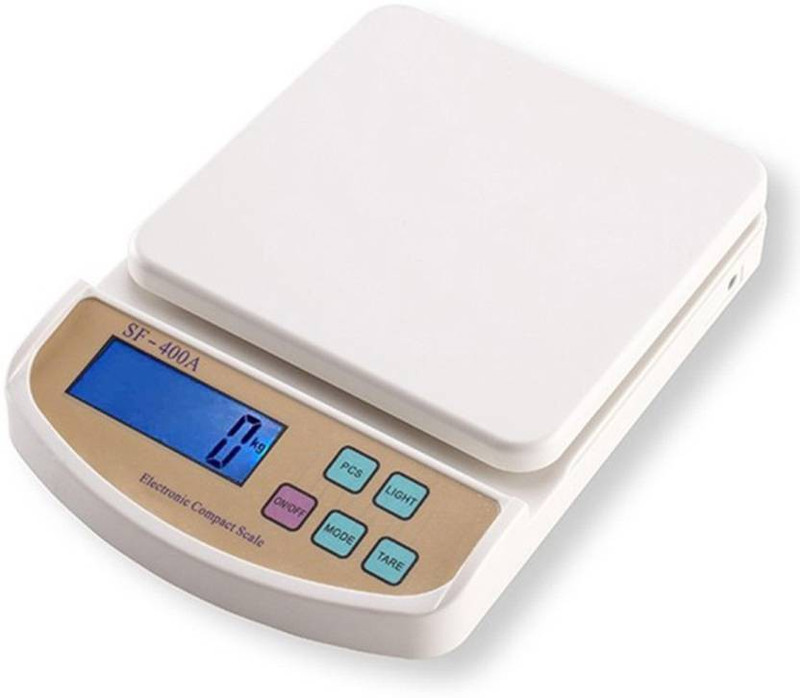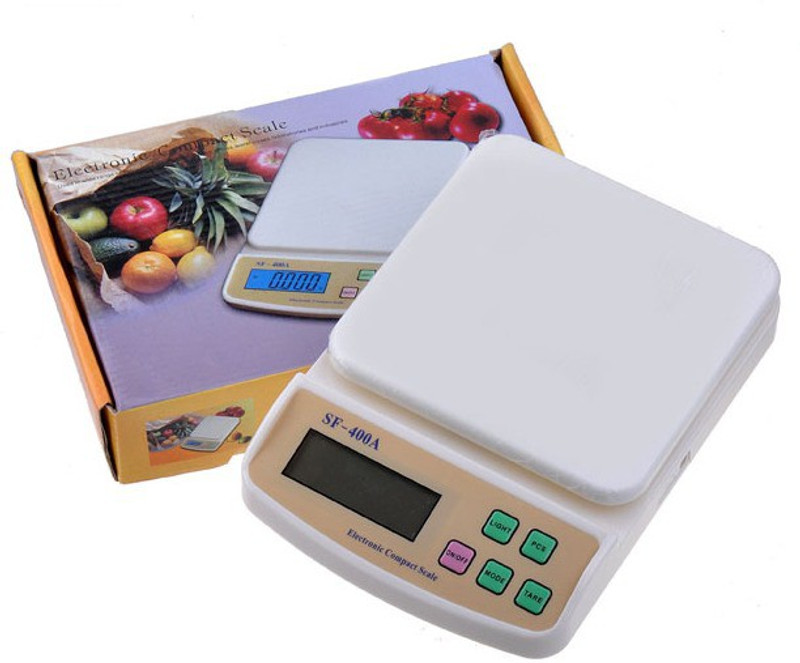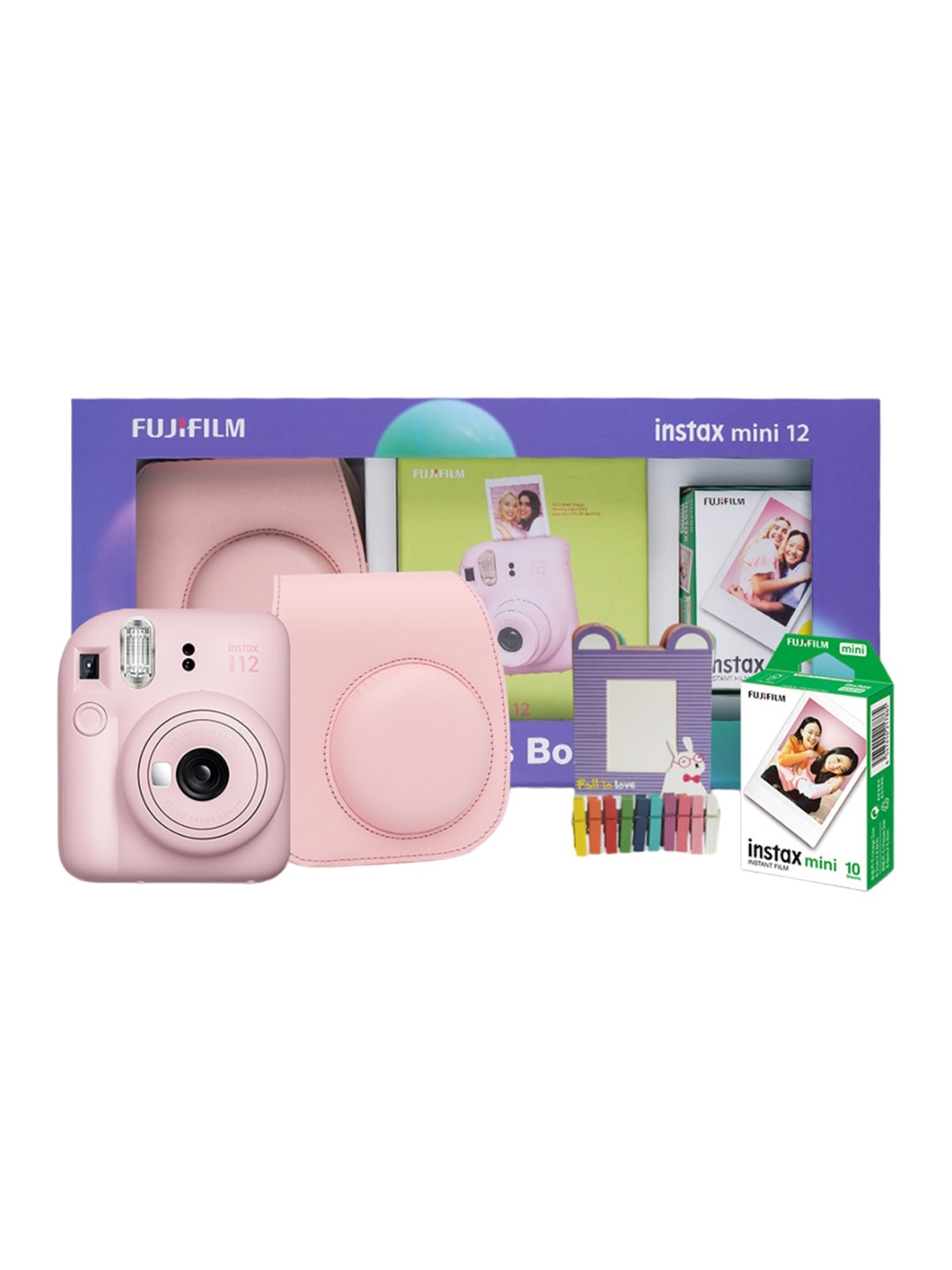Reasons Why Shoes Labelled 'Comfortable' May Not Be Enough For Seniors

Comfortable is a word thrown around far too casually in the footwear world. It's slapped onto shoe boxes and online listings like a magic sticker, implying instant foot relief, heavenly cushioning, and a bounce in your step. But when it comes to seniors, most of these so-called ‘comfortable shoes' are simply not up to scratch.
For older adults, shoes do more than complete an outfit. They support mobility, prevent falls, cushion tired joints, and can even reduce the risk of chronic foot pain. Yet, many brands still focus on style over substance or try to create one-size-fits-all solutions that ignore the real needs of ageing feet. Whether it's shoes that are too narrow, too rigid, or simply lacking any proper arch support, the result is often frustration, and worse, discomfort or injury.
So what should older adults look for? Here's a closer look at why most mainstream comfortable shoes aren't designed with seniors in mind, and what features truly make a pair of shoes senior-friendly.
1. Marketing Buzzwords vs. Actual Comfort
Ever seen terms like orthopaedic, ergonomic, or cloud-like comfort floating around shoe ads? These buzzwords sound reassuring, but they're rarely backed by substance. In many cases, the labels are nothing more than clever branding tricks used to make generic shoes seem suitable for everyone, including seniors.
The reality? Real comfort isn't one-size-fits-all. Ageing feet often come with bunions, hammertoes, fallen arches, or simply a wider forefoot, and that means seniors need more than just soft padding. A shoe described as cushioned might still lack the support or adjustability needed for older adults.
When choosing footwear, it's vital to look beyond labels and assess the structure of the shoe. Is the insole removable in case you need orthotics? Is the midsole firm enough to provide support without being stiff? If the comfort claims seem too good to be true, they probably are. A comfortable shoe for an active 30-something isn't necessarily the right pick for someone in their 70s with a slower stride and sensitive joints.
2. Seniors Need Stability, Not Just Softness
There's a common misconception that comfort equals softness. While a plush insole may feel good in the store, it doesn't always mean long-term support. For seniors, stability is just as important, if not more so, than cushioning.
Soft-soled shoes without structure can increase the risk of instability. A shoe that bends too easily, lacks a strong heel counter, or has a wobbly arch can cause balance issues. And for someone with reduced muscle strength or slower reflexes, that's a recipe for falls and injuries.
Proper footwear for seniors should offer a stable base, a firm yet flexible midsole, and a snug heel fit to minimise slipping. Think of it like a good mattress, it needs to be supportive, not just soft. A little firmness underfoot can go a long way towards keeping your stride confident and your footing secure.
3. Narrow Fits Are A Silent Offender
If there's one feature that can quietly sabotage an otherwise well-designed shoe, it's the fit, specifically, width. As we age, feet often become wider and more prone to swelling. Shoes that are too narrow can pinch, cause blisters, or worsen foot conditions like bunions or neuropathy.
Yet many mass-market brands still churn out narrow, fashion-first designs, even when they claim to be comfortable. And because widths are rarely standardised across brands, a size that fits in one store might feel like a vice grip in another.
Seniors should prioritise brands that offer multiple-width options, especially wider fits in the toe box. A roomy front allows toes to splay naturally and reduces pressure on sensitive areas. When trying on shoes, always test for wiggle room at the front, and don't be afraid to size up or try unisex or men's styles for extra space.
4. High Heels And Hard Soles Are A No-Go
It might seem obvious, but it's worth repeating: high heels and rigid soles are an absolute no for seniors. Unfortunately, some brands still sneak in elevated heels, even in shoes marketed to older adults. Whether it's a low wedge or a subtle rise at the back, these design choices can throw off balance and strain the lower back, knees, and hips.
Hard soles, meanwhile, offer little in the way of shock absorption. They can aggravate arthritis, plantar fasciitis, or joint pain. Seniors need footwear that absorbs impact with every step, without compromising stability.
The ideal sole is moderately flexible, thick enough to reduce ground shock, and flat (or with minimal heel drop). Avoid shoes with high arches unless they match your foot's natural shape, and opt for outsoles made of materials like rubber or EVA for better grip and cushion.
5. Laces, Buckles, And Fiddly Fastenings? Not Ideal
Ease of use often gets ignored in the design of comfortable shoes. Laces that need double-knotting, tiny zippers, or stiff buckles aren't practical for many seniors, especially those with arthritis or limited hand dexterity.
The solution? Shoes that offer a balance between secure fit and easy wear. Velcro straps, stretchy panels, elastic laces, or slip-on designs can make daily life much simpler without compromising on support.
It's not just about convenience. Struggling to put on shoes can discourage movement altogether. And let's face it, no one wants to wrestle with their footwear first thing in the morning. Senior-friendly shoes should be as easy to wear as they are comfortable to walk in.
6. Looks Matter, But So Does Longevity
It's true, everyone wants stylish shoes, no matter the age. But sometimes, style-first designs come at the expense of durability and functionality. Shoes with decorative elements, delicate materials, or trendy silhouettes may look good, but they often wear out quickly or lack proper structure.
For seniors, investing in high-quality materials and long-lasting construction can prevent frequent replacements and support healthy mobility in the long run. Look for genuine leather or breathable mesh uppers, sturdy outsoles, and stitching that doesn't come undone after a few strolls.
And yes, it's possible to find stylish options that tick all the right boxes. Brands are finally catching on to the idea that comfort and fashion shouldn't be mutually exclusive. Don't settle for frumpy when functional and fashionable can coexist.
7. Arch Support: Not Optional
Proper arch support is essential, especially for older adults whose arches may have flattened over time. Yet many comfortable shoes skip this detail entirely, relying on soft foam or memory insoles that do little more than feel squishy.
Arch support helps distribute weight evenly, improves posture, and reduces pressure on the heels and balls of the feet. Without it, problems like plantar fasciitis, knee pain, or lower back discomfort can flare up.
Look for shoes with built-in arch contouring or removable insoles that allow for custom orthotics. And don't assume one type fits all, low arches, normal arches, and high arches each need a slightly different level of support. If in doubt, consult a podiatrist before choosing footwear, it's worth the effort.
8. Traction Can Be A Lifesaver
Lastly, let's talk about grip. Slippery soles are a hidden hazard, especially for older adults navigating smooth floors, wet pavements, or uneven ground. Many stylish comfort shoes feature sleek outsoles that look polished but offer zero traction.
A proper senior-friendly shoe should have a textured, anti-slip sole with a decent tread pattern. Rubber outsoles with grooves or ridges provide better grip and reduce the chance of falls. Even indoors, where polished wood or tile floors pose risks, shoes with good traction can prevent nasty surprises.
Good traction doesn't mean clunky hiking boots; it simply means being able to walk with confidence. Whether indoors or outdoors, the right sole can be the difference between a close call and a serious injury.
Products Related To This Article
1. XE Looks Textured Doctor Ortho Open Toe Flats
2. Yoho Women Velora Anti-Skid Lightweight Ortho Soft Footpharma Footbed Flip Flop
3. TRASE Women Embellished Ethnic T-Strap Ortho Flats
4. FORVELA Women Doctor Ortho Self Design Thong Flip-Flops
5. DressBerry Maroon Laser Cut Ortho Open Toe Flats
6. Solethreads Ortho Elite Waterproof Everyday Flip Flop
7. Bata Men ORTHO Thong Flip-Flops
Comfort in shoes isn't just about how they feel in the first five minutes, it's about how they support your every step over weeks, months, and even years. For seniors, the stakes are higher. The wrong shoes can mean discomfort, injury, or a hit to independence.
So, the next time you see a pair of shoes promising ‘ultimate comfort', take a closer look. Ask the right questions: Do they offer stability? Are they easy to wear? Do they support your arches and protect your joints? Do they fit your feet, not just some idealised version of what comfort should look like? Because when it comes to ageing gracefully, a good pair of shoes isn't a luxury, it's a lifeline.
Disclaimer: The images used in this article are for illustration purpose only. They may not be an exact representation of the products, categories and brands listed in this article.




























